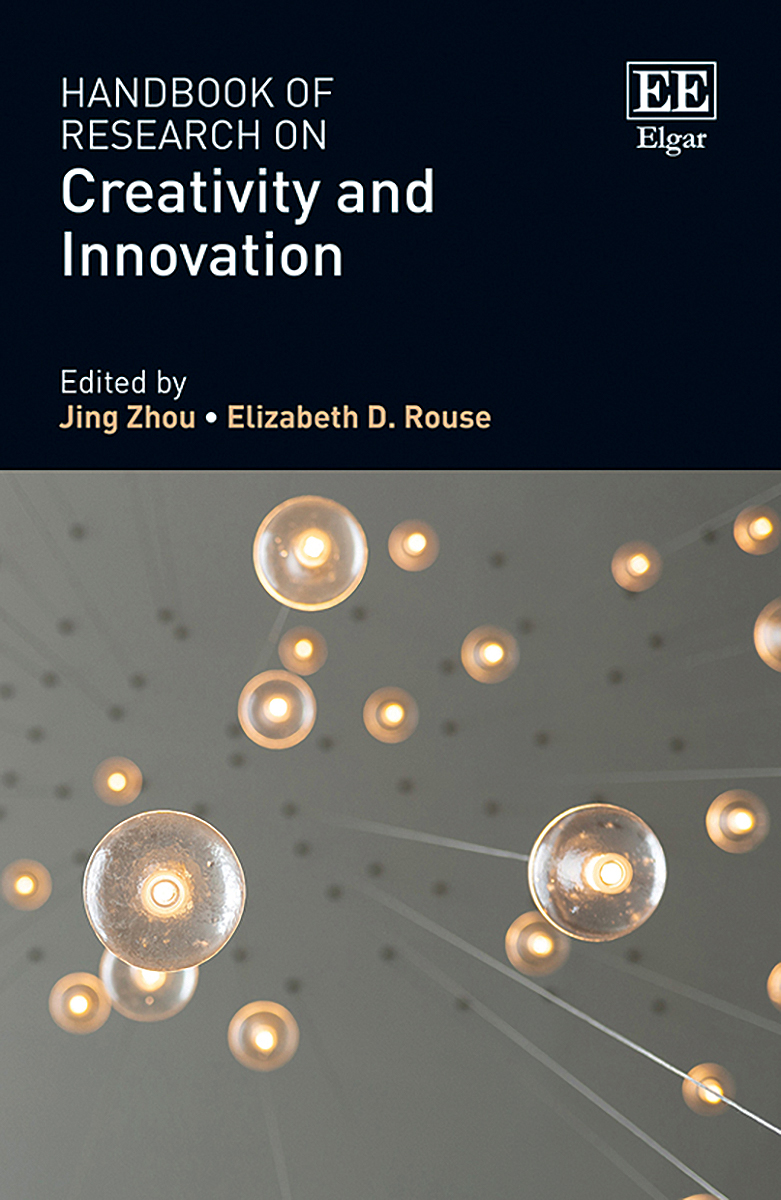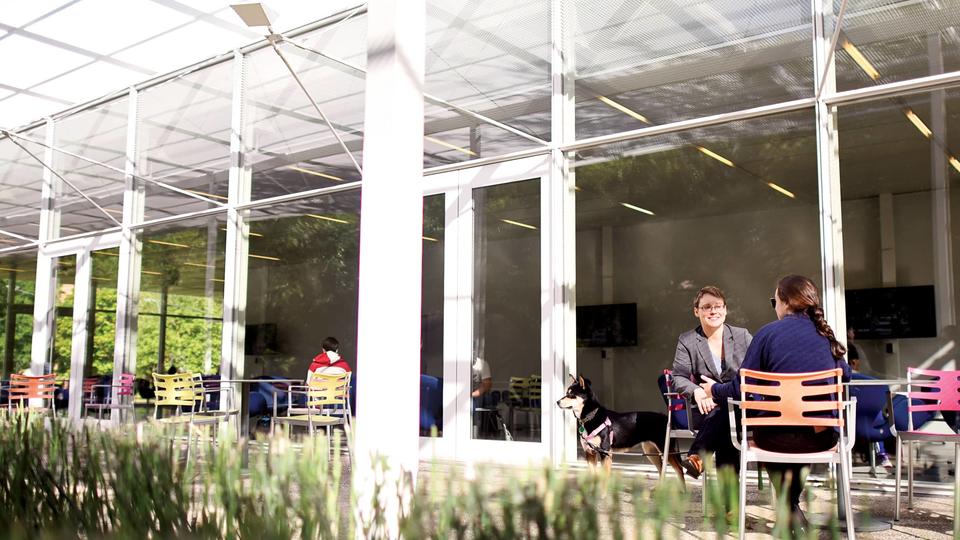Creative Spark
Rice Business Professor Jing Zhou, the co-editor of a new book on creativity and innovation, explains the difference between radical breakthroughs and everyday creativity — and why both are important.
 Most leaders are keen to improve creativity and innovation among their ranks, but few have the time to scour academic journals for fresh ideas. A new book co-edited by Jing Zhou, the Mary Gibbs Jones Professor of Management and Psychology at Rice Business, aims to bridge the gap by gathering leading research on creativity and innovation in one place. Published in 2021, the “Handbook of Research on Creativity and Innovation” compiles some of the most groundbreaking recent findings on creativity for academics and managers alike. We spoke to her about how research on creativity has evolved and what readers will take away from the book.
Most leaders are keen to improve creativity and innovation among their ranks, but few have the time to scour academic journals for fresh ideas. A new book co-edited by Jing Zhou, the Mary Gibbs Jones Professor of Management and Psychology at Rice Business, aims to bridge the gap by gathering leading research on creativity and innovation in one place. Published in 2021, the “Handbook of Research on Creativity and Innovation” compiles some of the most groundbreaking recent findings on creativity for academics and managers alike. We spoke to her about how research on creativity has evolved and what readers will take away from the book.
Rice Business: This is actually the third handbook on creativity and innovation you have co-edited, after the “Handbook of Organizational Creativity” (2008) and “The Oxford Handbook of Creativity, Innovation and Entrepreneurship” (2015). What inspired you to undertake this series of projects?
Jing Zhou: Up until the beginning of the 1990s, most research on creativity and innovation in the workplace focused on R&D and patenting in the tech industry. As their collective knowledge of management and organizational behavior improved, researchers began to go beyond studying ‘Big C’ creativity, referring to radical breakthroughs in technology, to acknowledge the impact of ‘Small C,’ or everyday creativity. They began to consider the value of harvesting creative ideas — defined as ideas that are both new and useful — about products, processes and services from employees. That’s really how the study of workplace creativity burgeoned. By the mid-2000s, the co-editor of the first book, Chris Shalley, and I identified a need to take inventory of all the research that had come out and organize it into something digestible.
How does this third handbook differ from the previous two?
Our 2008 book was the first attempt at summarizing research findings on how to promote employee creativity. The chapters in the book highlighted key things managers could do to increase the creativity of their employees, from giving feedback and goal setting to creating a culture of creativity. The 2015 book, which I co-edited with Chris Shalley and Mike Hitt, was an attempt to connect the dots between research on creativity, innovation and entrepreneurship. A few years ago, my current co-editor, Bess Rouse, and I realized that the time had come to produce a book that accomplishes a few new goals: First, it takes a deeper dive into creativity research than ever before, going into topics that weren’t even on our radar while editing the first two books. Second, it is intended to stimulate new research by pointing out opportunities for growth. Finally, it provides useful insights for anyone looking to spark creativity and innovation in the workplace.
What new research directions are you hoping to encourage with this handbook?
One of the things we highlighted was the need to combine quantitative with qualitative research to generate better insights. My co-editor, Bess, an associate professor of management and organization at Boston College’s Carroll School of Management, is an expert on qualitative research methods, such as interviewing people in the workplace and observing how they interact while at work, while I focus primarily on quantitative research methods. To create knowledge, both quantitative and qualitative methods are essential. Researchers need to be able to capture phenomena in context, measure creativity and innovation properly, and draw inferences about causality. Our handbook summarizes useful, robust methods for quantitative and qualitative research with the hope that researchers will integrate these methods into their own work and generate more knowledge.
We are also hoping to inspire more research on the receiving side of creativity. After an employee has generated a creative idea, how will their supervisor react? How does that reaction contribute to or impede a culture of creativity and innovation? As a field, we have a lot of interesting questions to answer. And these are just a couple of examples. The book presents plenty of other new research directions as well.
Who are you hoping reads this book?
I hope that researchers, Ph.D. students and anyone interested in creativity and innovation in business will find this book thought-provoking. Ideally, it will serve as a platform for the cross-fertilization of ideas. Another audience I’m hoping to reach is managers. This work is intended, in large part, to encourage them to do more to cultivate both ‘Big C’ and ‘Small C’ creativity on their teams.
What are some practical takeaways for managers looking to foster creativity and innovation on their teams?
Most managers talk about building a culture of innovation, but when you ask them how they go about boosting employee creativity or you try to dig deeper into what has and hasn’t worked, they can’t provide many specifics. Successful managers, in contrast, will take a systematic approach to enhancing creativity and innovation. Our book offers a number of practical suggestions for doing so.
We wanted to drive home the message that engaging in creativity and innovation should be an integral part of the job for every manager and every employee, whether or not they are listed in a formal job description.
We also encourage managers to view creativity as a social process. In one of our chapters, a top researcher in social networks lays out the process of building a social network that generates creative ideas. Essentially, you need to be purposeful in the way you connect with people and gather diverse perspectives. That’s how you get a broader pool of ideas to connect the dots and spark innovation.
Should we expect a fourth handbook in the future?
Given how quickly the field of creativity and innovation is progressing, I wouldn’t be surprised if we produced another handbook in a few years. And, for managers facing increasing competition in their industries, keeping their knowledge base upgraded and getting better tools to increase creativity and innovation on their teams is only going to become more important with time.


